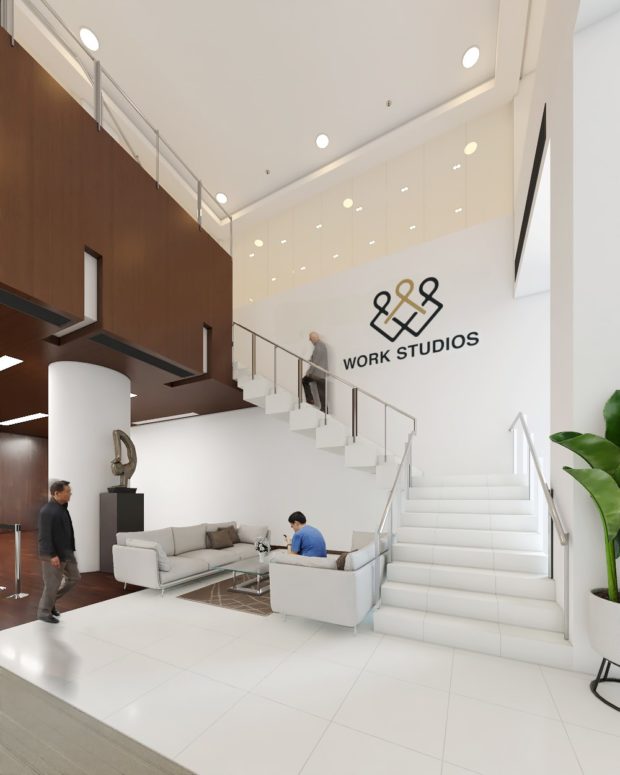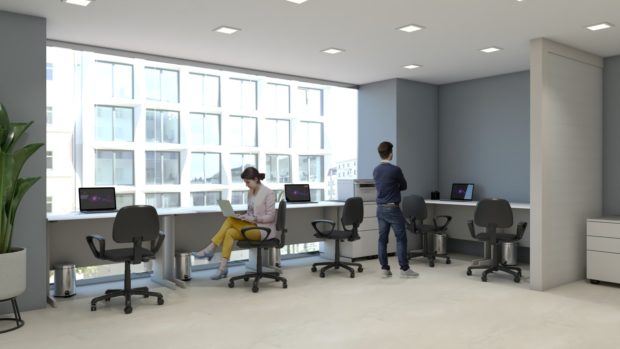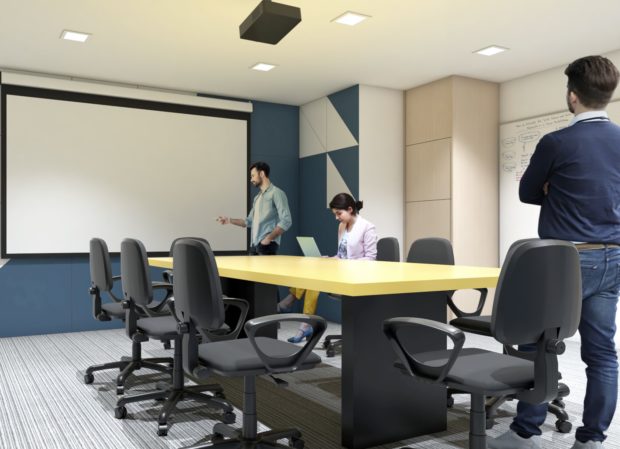More cities adopt coworking model due to cost, convenience and efficiency
Advancements in mobile technology and modern personal devices have changed the way people work. Working remotely has become more viable and has enabled both employees and employers to work outside the confines of a traditional office space without compromising work product. This has been a major factor in the development of business models and work set-ups designed to bring out the best in the workforce. In the Philippines, especially in Metro Manila, coworking is becoming more and more popular.
Coworking in the Philippines is a trend popularized by the tech-savvy millennial generation, who comprise the bulk of the metropolitan sector. Coworking provides an alternative work environment that is conducive for work- without the rigidity of a traditional office.
The demand for coworking spaces in Metro Manila is increasing from freelancers, entrepreneurs, start-ups, small corporations, IT firms, BPOs, and even multinational corporations.
The benefits of cost, increased productivity and convenience are some of the main reasons why coworking has become a viable option for businesses.
Cost is one of the premier reasons why coworking has become popular. Firms looking for office space but need to conserve money, are becoming more and more aware that coworking spaces do not require long term lease contracts; come equipped with fundamental amenities, furniture and equipment of modern offices; and, are more cost-effective than traditional office spaces.
Another major factor for the growing demand in coworking spaces is that it increases productivity. Coworking spaces are designed to foster collaboration, cooperation, innovation, creativity and a spirit of community by exposing people to new business concepts and encouraging the exchange of ideas.
Convenience is also a significant consideration of why coworking spaces in the country are in high demand. MNCs that mostly use office spaces as temporary or swing spaces are recognizing that coworking spaces are convenient and provide them with the ability to move in and out of office space at short notice and avoid complicated contract negotiations, fit-out work, and dealings with brokers, landlords, and property managers.
The real estate industry in the Philippines is growing rapidly and coworking spaces have become a significant driver of property demand. In fact, both foreign and local flexible space operators as well as real estate developers have recognized this opportunity and are developing all types of coworking spaces around Metro Manila.
Lobien Realty Group (LRG) says Makati and BGC are currently the preferred locations for establishing coworking sites and have the largest number of coworking spaces because of the heavy concentration of businesses in these areas. Currently, the five companies handling the biggest chunk of the country’s coworking spaces have, more or less, 33 thousand seats on the market. LRG, for one, is currently handling Work Studios located at the Infinity Tower in BGC. With a total of 172 seats, it also boasts of 122 private studios, 3 meeting rooms, 31 dedicated desks, 19 hot desks, 18 breakout areas, and 27 lounges.
And as the trend of coworking gets more and more popular, LRG predicts that the property markets in Quezon City, Ortigas and Alabang will benefit next.
ADVT


